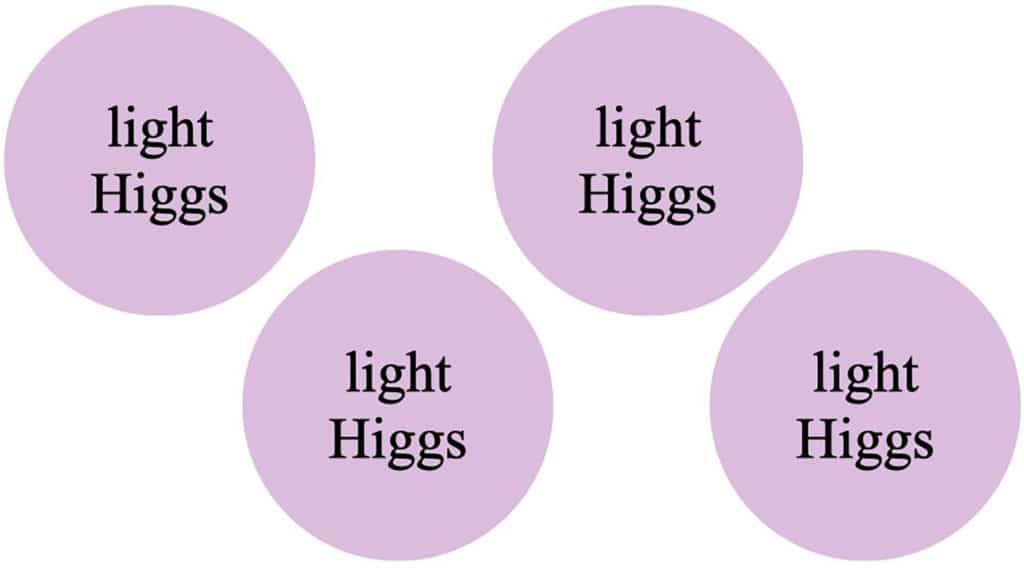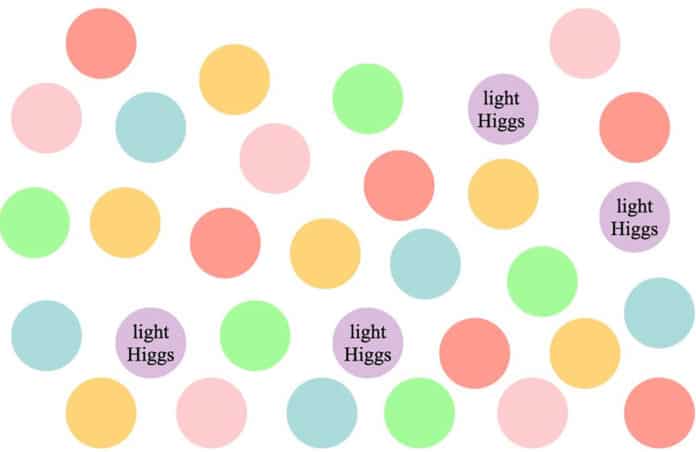The landmark discovery of the Higgs boson was announced by the ATLAS and CMS collaborations on 4th July 2012. The discovery explained how elementary particles that have mass get their masses. At the same time, it marked something no less fundamental: the beginning of an era of measuring in detail the particle’s properties and finding out what they might reveal about the nature of the universe.
One such property is the particle’s mass, which at 125 GeV is shockingly little. Numerous theories have tried to explain such a small mass, but none has so far been confirmed with data.
A duo of theorists at CERN has recently proposed a new theory to explain both the lightness of the Higgs boson and another fundamental physics puzzle. Their theory suggests: Early universe is a collection of many universes, each with a different value of the Higgs mass. Some of these universes had light Higgs boson.
In this multiverse model, universes with a heavy Higgs boson collapse in a major smash in an exceptionally brief time frame, while universes with a light Higgs boson endure this collapse. Our present-day universe would be one of these enduring light-Higgs universes.
In their model, theorists included two new particles and known particles predicted by the Standard Model. Thereby, the model can explain the puzzling symmetry properties of the vital force, which binds quarks together into protons and neutrons and protons and neutrons into atomic nuclei.
Quantum chromodynamics predicts a potential breakdown in strong interactions of a fundamental symmetry called CP symmetry. However, such breakdown is not observed in experiments.
One of the new particles used in this model can potentially solve this CP problem, making strong interactions CP symmetric. The same new particle could also be responsible for dark matter.
The jury is obviously out on whether the new model or any of the many other models that have been proposed to clarify the Higgs boson mass or the solid CP issue will fly.

Daniele Teresi of CERN said, “Each model comes with perks and limitations. Our model stands out because it is simple, generic and it solves these two seemingly unrelated puzzles at once. And it predicts distinctive features in data from experiments that aim to search for dark matter or an electric dipole moment in the neutron and other hadrons.”
Journal Reference:
- Raffaele Tito D’Agnolo and Daniele Teresi et al. Sliding Naturalness: New Solution to the Strong-CP and Electroweak-Hierarchy Problems. DOI: 10.1103/PhysRevLett.128.021803
